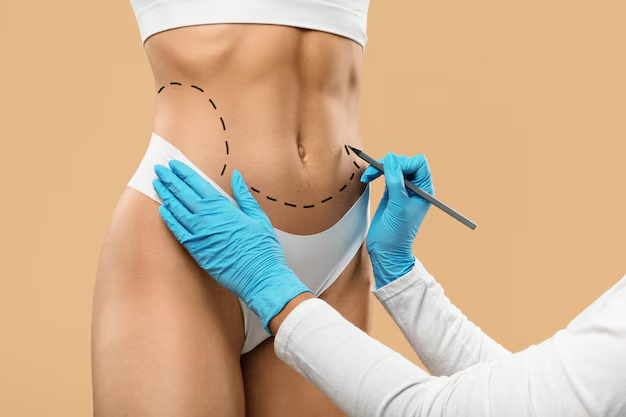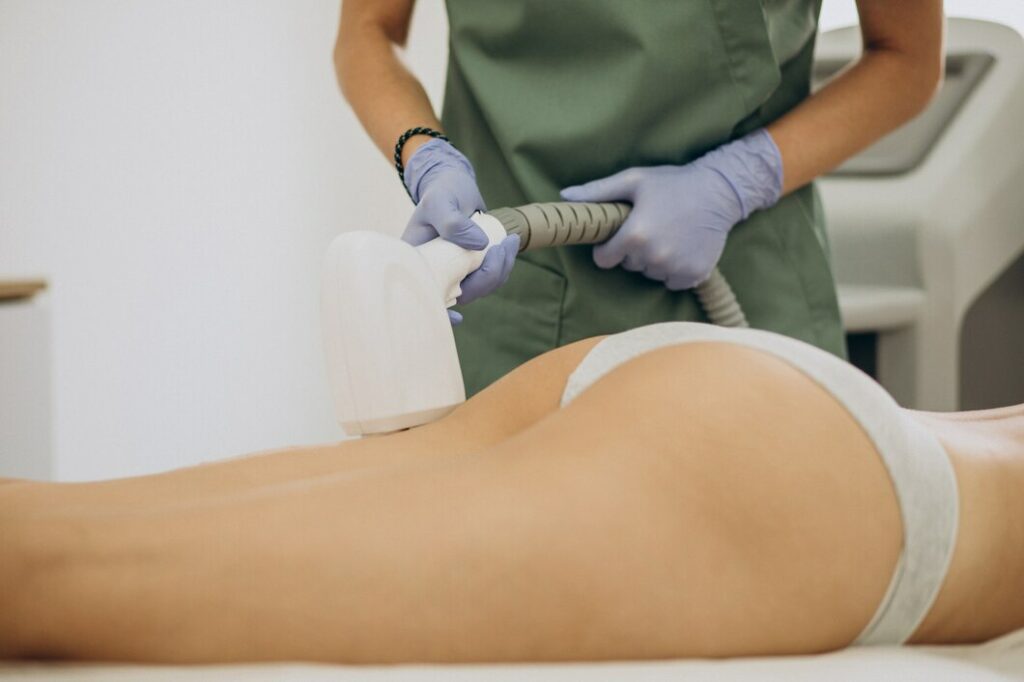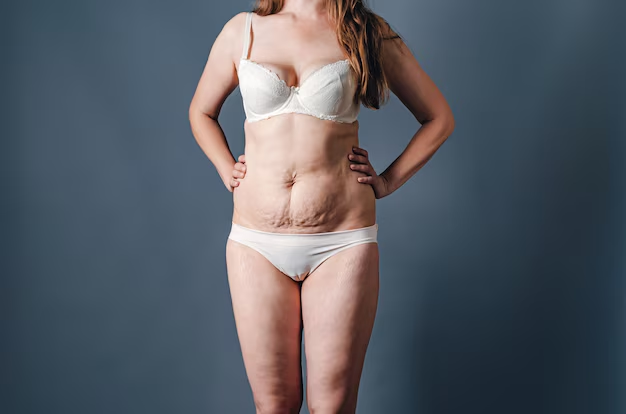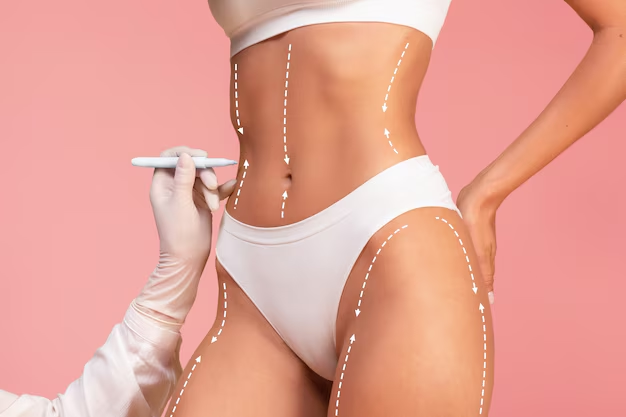Liposuction Recovery Timeline: 10 Essential Tips for Optimal Healing
Undergoing liposuction is a significant step towards achieving your desired body shape. However, the success of your procedure heavily depends on the recovery period. Proper aftercare is crucial for minimizing discomfort, reducing swelling, and ensuring smooth, beautiful results. Here are ten essential tips to guide you through your liposuction recovery for the best possible outcome.
1. Follow Your Surgeon’s Instructions Meticulously
This is the most critical rule. Your surgeon will provide specific, personalized post-operative care instructions. Follow them exactly as directed, including how to care for your incisions, when to start massaging the area, and what medications to take. No online guide can replace your surgeon’s tailored advice.
2. Wear Your Compression Garment Faithfully
The compression garment is not just for comfort. It plays several vital roles:
-
Reduces swelling and bruising.
-
Helps your skin contract and adhere to the new underlying contours.
-
Minimizes fluid buildup (seroma).
-
Supports the treated tissues as they heal.
Wear it for the full duration recommended by your surgeon, even if it feels uncomfortable at times.
3. Manage Swelling with a Healthy, Low-Sodium Diet
Swelling is a normal part of healing, but you can control it. A key strategy is to avoid sodium, which causes your body to retain water. Focus on eating:
-
Lean proteins (chicken, fish, tofu)
-
Fresh fruits and vegetables
-
Whole grains
Drink plenty of water to help flush out toxins and reduce fluid retention.
4. Incorporate Light Movement (But Avoid Strenuous Activity)
While rest is important, completely sedentary behavior can increase the risk of blood clots and slow down healing. Take short, gentle walks around your house every few hours starting the day after surgery. This promotes blood circulation. However, avoid any strenuous exercise, heavy lifting, or intense cardio until your surgeon gives you the green light, typically after 4-6 weeks.
5. Stay Hydrated
Drinking ample water is crucial for recovery. It helps maintain blood volume, flush out anesthesia and other medications, and can even help reduce swelling. Aim for 8-10 glasses of water per day.
6. Prioritize Nutrition for Healing
Your body needs fuel to repair itself. Ensure your diet is rich in:
-
Vitamin C: Found in citrus fruits and bell peppers, it aids collagen production and tissue repair.
-
Zinc: Found in nuts and seeds, it supports immune function and wound healing.
-
Protein: The building block for new tissue.
7. Sleep in the Correct Position
For many procedures, especially on the abdomen, flanks, or thighs, sleeping on your back with your upper body slightly elevated is best. This position uses gravity to help reduce swelling. Avoid sleeping on your stomach or sides until your surgeon says it’s safe.
8. Attend All Your Follow-Up Appointments
Your surgeon schedules follow-up visits to monitor your progress. These appointments are essential to ensure you are healing properly and to address any potential complications, like infection or seroma, early on. Do not skip them.
9. Be Patient with Your Results
It takes time for the final results to emerge. Initially, you will be swollen, and it may even seem like little fat was removed. Be patient. Significant improvement is usually visible after 4-6 weeks, but the final, sculpted contour can take 3-6 months to fully reveal itself as the swelling completely subsides.
10. Avoid Smoking and Alcohol
Nicotine constricts blood vessels, severely limiting blood flow to the healing tissues. This can lead to delayed healing, increased scarring, and tissue death (necrosis). Alcohol can dehydrate you, increase swelling, and interact negatively with pain medications. Avoid both for several weeks before and after your surgery.
Frequently Asked Questions About Liposuction Recovery
How painful is the recovery?
Discomfort is most significant in the first 2-3 days and is manageable with prescribed pain medication. After that, it typically transitions to a sensation of soreness and tenderness, like a intense workout, for a couple of weeks.
When can I take a shower?
Most surgeons advise waiting 48 hours before taking a brief shower, keeping the incisions dry as per their instructions. Baths, pools, and hot tubs are off-limits for at least 3-6 weeks to prevent infection.
When will I see my final results?
While you’ll see an initial change once the swelling goes down significantly (around 4-6 weeks), your body will continue to adjust. The final, stable results are typically visible between 3 to 6 months post-surgery.
What is a lymphatic massage and do I need it?
Manual lymphatic drainage (MLD) is a specialized massage that can significantly reduce swelling, improve circulation, and soften hardened areas. Many surgeons highly recommend it starting 1-2 weeks after surgery to speed up the healing process.
A successful liposuction outcome is a partnership between your surgeon’s skill and your commitment to a proper recovery. By following these tips, you are investing in the best possible results from your procedure.






